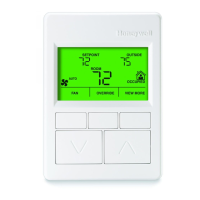
Do you have a question about the Honeywell ZIO TR70-H and is the answer not in the manual?
| Brand | Honeywell |
|---|---|
| Model | ZIO TR70-H |
| Category | Thermostat |
| Language | English |
Describes the wall modules' function as an operator interface for monitoring and adjusting controller parameters.
Outlines the document's purpose for configuration information and a general overview of the TR70 Series interface.
Details compatibility of TR70, TR71, TR75 Series LCD Wall Modules with Spyder or ComfortPoint controllers.
Guides users through the initial power-up sequence before configuring the wall module.
Details the initial steps for configuring the wall module using the Niagara Workbench Tool.
Covers bus address, module selection, navigation, memory usage, and TR71/TR75 label characters.
Explains the function of the SAVE button for entries and selections within the configuration.
Guides through the process of configuring the wall module by accessing the Configuration Wizard.
Allows creation, editing, and deletion of categories and parameters for the wall module.
Details how to enter category names, descriptions, and view parameter counts.
Describes how to add, edit, or remove parameters under each category in the configuration wizard.
Explains how to cut, copy, paste, and delete categories and parameters using context menus.
Defines parameter types like Controller Value, Value From Wall Module, and Network Setpoints.
Guides on displaying meaningful enumerated values using the Enumerated option.
Describes how to select from or define enumerated values using the Zio Enum Library dialog box.
Explains how to select and set the default Home screen displayed on the wall module.
Details the process of creating or modifying Home screens, including option name and type.
Describes how to enable the Occupancy Override feature and configure valid override states.
Explains how the occupancy and override status is displayed on the LCD screen.
Details how to set timed overrides for Occupancy, Unoccupied, and Standby states.
Describes how to enable fan command functionality and select fan states.
Lists the available fan state values such as 2-state, 3-state, and 5-state.
Explains how to enable the System Status line and the System softkey on the LCD.
Details how to enable system command functionality and select valid system commands.
Provides access to Spyder schedule and time clock for the TR75 model.
Notes that Schedule/Time options are not supported for TR70/TR71 models.
Details how to configure a password for TR71/TR75 to limit access to contractor level changes.
Explains how to verify the configuration and setup parameters using the preview screen.
Details saving a custom configuration to the library using the Save to Library button.
Guides on checking memory usage to ensure it is within acceptable limits before finishing.
Describes dropping the S-Bus Wall Module function block into existing applications and linking slots.
Details contractor mode operations, including accessing setup and customizing the tenant view.
Explains the function of softkeys on the contractor's Home screen for setting up the tenant interface.
Describes how to provide parameter access (view or adjustable) to the tenant via the VIEW MORE softkey.
Explains how contractors use the PARAMETERS softkey to monitor and adjust controller parameters.
Guides on modifying the schedule and changing the Spyder's time using the wall module.
Details the softkeys available on the tenant's Home screen for FAN, OVERRIDE, and SYSTEM & VIEW MORE.
Explains how tenants adjust fan settings based on configured fan options (2, 3, or 5 position).
Describes how tenants can override Occupancy settings using the OVERRIDE softkey.
Explains how tenants change system state and view/adjust configured parameters.
Illustrates typical tenant home screens with various parameter combinations.


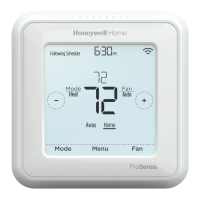
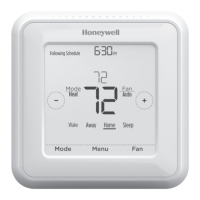
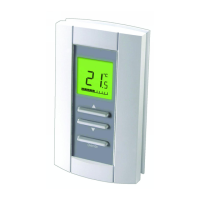

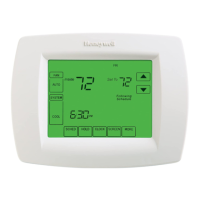
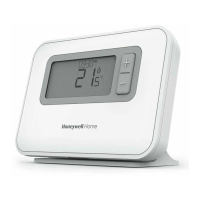
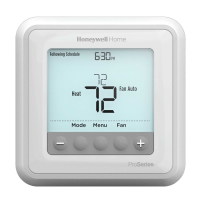
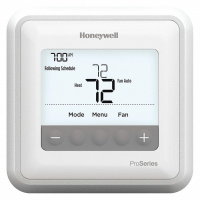
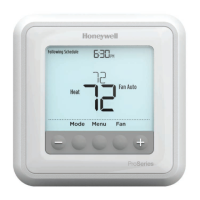
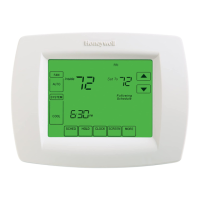
